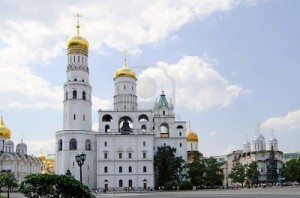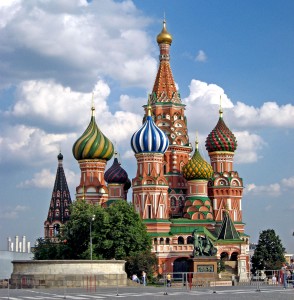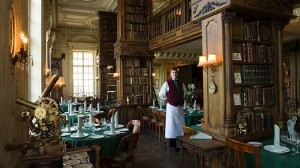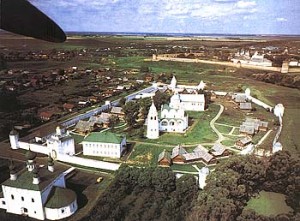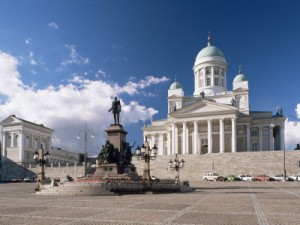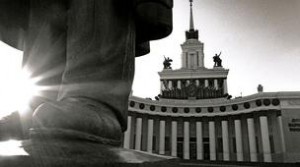 In front of the Central Pavilion of Moscow’s All-Russia Exhibition Centre sits a statue of Lenin.
In front of the Central Pavilion of Moscow’s All-Russia Exhibition Centre sits a statue of Lenin.
It’s a blazing hot August day in Moscow. At street-level, Muscovites are strolling around in shorts, linen slacks and minimal summer frocks. Yet in a gloomy netherworld beneath their sandals and stiletto heels, the temperature is a constant 18°C and the subterranean silence is punctuated by the drip of water. ‘Mind your feet, ’ says Olga Arkharova, as she steps over an underground stream.
Here, some 65 metres below the sundrenched streets of Moscow, lies a disused communications bunker. Like some Cold War bat cave, it was accessible only by a reinforced lift shaft concealed within the false front of a seemingly ordinary building. Its workers, who were sworn to secrecy, could have survived down here for three months in the event of a nuclear attack. Since 2007, the 7, 000-sq-metre site has been a museum. ‘This isn’t just part of Russian history, ’ says Olga, the museum’s director. ‘It’s part of world history. It shows how close we came to nuclear war.’ The sound of a passing Metro train rumbles through the bunker’s walls.
Above ground, Moscow has changed almost beyond recognition, but in Bunker 42, there is still the fleeting scent of another era. The rotary phones are clunky, the lifts and stencilled warning signs have a slipshod look. Here it is: the militarism, the sturdiness, the kitsch, the strangely uniform aesthetic that shaped a continent. Here, at least, remnants of the USSR are intact.
A generation is coming of age that has no recollection of the Soviet Union: its menace, its inefficiencies, its idealism. And yet the USSR was, inarguably, one of the defining entities of the 20th century.
The strange red empire that slipped away 20 years ago this Christmas had, among other things, its own smell. Cheap, cardboard-tipped Soviet cigarettes called ‘papirosa’ perfumed the arrivals halls of Moscow’s airports and were ubiquitous throughout the city. Now, like much else about the USSR, they have disappeared.
